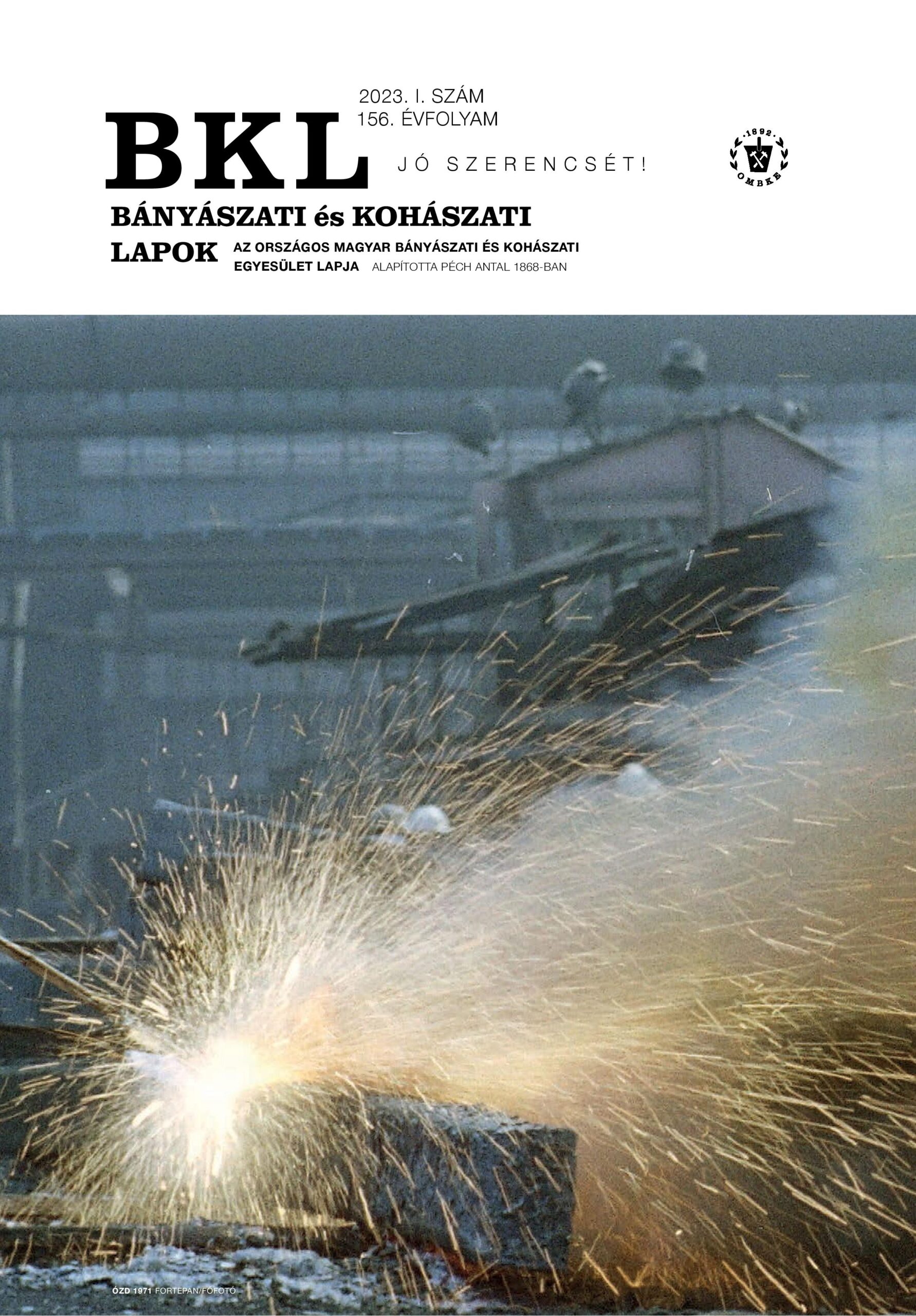Scientifi c description of the explosion that occurred in the Tatabánya XII/a mine on February 16, 1978
Abstract
Mines of one of the most important representatives of the Hungarian brown coal mining industry, the Tatabánya Coal Mines Company were located within the Tatabánya Basin, that was rich in natural resources and dotted with the Vértes and Gerecse mountain ranges as well as the streams and springs flowing between them. The company was at the forefront of the underground brown coal mining industry in terms of production volume, technical standards and innovation. Area of the basin was approximately 41.5 km2 which was divided into three main tectonically well-defined areas, namely the higher laying East and West units and the North–South tectonic trenches separating them. Mine hazards, such as methane and coal dust explosion and water inrush could be expected to varying degrees in each of the plants. Accidents, breakdowns, and unfortunately even tragedies related to mine hazards have accompanied the existence of the coal basin mines. The most notable of these was the methane and coal dust explosion in mine XII (the Eastern tectonic unit’s part riddled with faults), which happened on 30th December, 1950 killing 81 miners. This was followed by the roof collapse accident in shaft No. XV/a (central part of the tectonic trench) on 11th May, 1962 killing 7 miners, and another methane explosion in shaft No. XV/A on St. Barbara’s Day on 4th December, 1963 killing 26. And finally, a methane explosion 45 years ago in shaft No. XII/A (southern part of the tectonic trench) on 16th February, 1978 killing further 26 miners and this was the unfortunate apropos of this article. The explosion occurred at 12:40 p.m. in a longwall in the third slice affected by the tragedy. The explosion affected the old front a couple hundred meters away, which was operating in the mine field, from which 19 people were rescued alive and 2, unfortunately, dead. 20 deads were found on the face directly aff ected by the explosion, and its drifts. No one alive miners were found as a result of the high carbon monoxide and methane content. Further 6 miners remained under the fallen rocks. Rescue operations to find them deceased were stopped by the governmental committee on the seventh day. During the rescue work, several interesting events were uncovered as to being the cause of the methane and coal dust explosion. Prior to the explosion, the SSZ-2 methane gas detector installed in the face did not detect methane, nor did the supervisor’s test. The explosive inventory book, which was split in two by the explosion and later found, recorded an explosion at 12.20 p.m. This probably occurred and the dynamic effect of this explosion may have loosened the uppermost slices, which could have blew the methane accumulated in the gob into the longwall. This was confirmed by the fact that the AMT 3-T methane gas detector installed in the outlet air switched off the electrical network at 12:27 p.m. as a result of high methane content in the air. No production activities were carried out in the longwall that was prepared for starting, just voids were made on the end of the face for the shearer. The article describes in detail the circumstances, main elements, and the course of the rescue work, as well as the decision of the government committee and the cause of the tragedy.
References
Ihász Sándor OBF főmérnök, Petricsek József KBÁ bányamentő pkh: "Jelentés a tatabányai XII/A aknai sújtólégrobbanásról"



